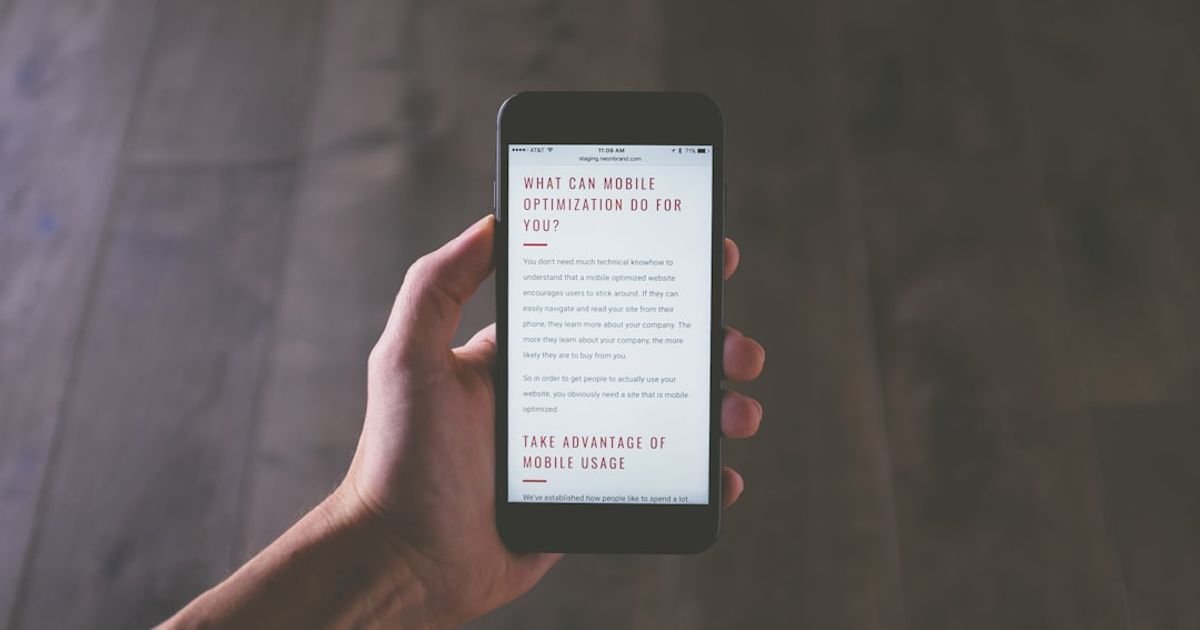About Prompt
- Prompt Type – Dynamic
- Prompt Platform – Google Gemini
- Niche – E-learning
- Language – English
- Category – Education
- Prompt Title – Gemini Prompt for Building an Online Learning App
Prompt Details
**Prompt Objective:** Generate a comprehensive blueprint for an e-learning app, tailored to a specific educational niche, target audience, and learning style, encompassing all critical development aspects.
**Prompt Structure:**
This prompt utilizes a dynamic structure allowing for user input to customize the generated output. Placeholders enclosed in double curly braces `{{…}}` should be replaced with specific details. For example, `{{Niche}}` should be replaced with “Quantum Physics for Beginners” or “Creative Writing for High Schoolers.”
**Prompt:**
“`
You are a seasoned educational consultant and app developer. Your task is to create a detailed blueprint for a cutting-edge online learning application targeting the {{Niche}} niche. This app should cater specifically to {{Target Audience}} and prioritize the {{Learning Style}} learning style.
Consider the following critical areas and provide detailed information for each:
**1. App Name & Branding:**
* Suggest a compelling and memorable name for the app.
* Describe the brand personality and visual identity (logo, color scheme, font).
* Briefly outline a marketing strategy to reach the target audience.
**2. Learning Content & Curriculum:**
* Propose a structured curriculum broken down into modules, lessons, and activities. Provide examples of lesson titles and key concepts covered within each module.
* Specify the format of content delivery (video lectures, interactive exercises, text-based materials, gamified learning, simulations, etc.) and justify the choices based on the target audience and learning style.
* Describe the assessment strategy: how will learner progress and understanding be evaluated? (quizzes, projects, peer reviews, etc.)
**3. User Interface (UI) & User Experience (UX):**
* Describe the app’s navigation flow and user interface design, focusing on intuitiveness and ease of use.
* Explain how the UI/UX design caters specifically to the chosen learning style (e.g., visual learners might benefit from rich multimedia content and diagrams).
* Suggest key features that enhance engagement and motivation (progress tracking, badges, leaderboards, personalized learning paths, community forums, etc.).
**4. Technology Stack & Development:**
* Recommend suitable technologies for the front-end, back-end, and database.
* Discuss the pros and cons of native mobile app development vs. cross-platform frameworks (e.g., React Native, Flutter).
* Outline the development process and timeline, including key milestones.
**5. Monetization Strategy (Optional):**
* If monetization is desired, suggest suitable strategies (freemium model, subscription-based access, in-app purchases, advertising, etc.)
* Explain how the chosen monetization strategy aligns with the target audience and the app’s overall value proposition.
**6. Accessibility and Inclusivity:**
* Describe how the app will be made accessible to learners with disabilities (e.g., screen reader compatibility, closed captions, keyboard navigation).
* Consider cultural sensitivity and inclusivity in content creation and design.
**Output Format:**
Present the information in a well-organized and easily digestible format. Use headings, subheadings, bullet points, and tables wherever appropriate. Clearly label each section and provide concise yet comprehensive answers. Prioritize clarity, specificity, and actionable insights. Include examples and justifications for your choices.
**Example Input Placeholders:**
* **{{Niche}}**: Advanced Python Programming for Data Science
* **{{Target Audience}}**: Working professionals with some coding experience seeking to upskill in data science.
* **{{Learning Style}}**: Kinesthetic (hands-on, practical application)
By replacing these placeholders with specific details, you can generate a highly tailored blueprint for your e-learning app. The more detailed and specific your input, the more valuable and actionable the generated output will be.
“`
**Tips for Using this Prompt:**
* **Be specific:** Provide detailed information for each placeholder. The more context you give, the better the results.
* **Iterate and refine:** Experiment with different inputs and refine the prompt based on the initial outputs.
* **Use follow-up prompts:** Ask clarifying questions or request additional information based on the generated blueprint.
* **Focus on actionability:** Ensure the generated output provides concrete steps and recommendations that you can use to develop your app.
This dynamic prompt provides a robust framework for generating a comprehensive blueprint for your e-learning app. By tailoring the input parameters, you can leverage the power of Gemini to bring your vision to life.

